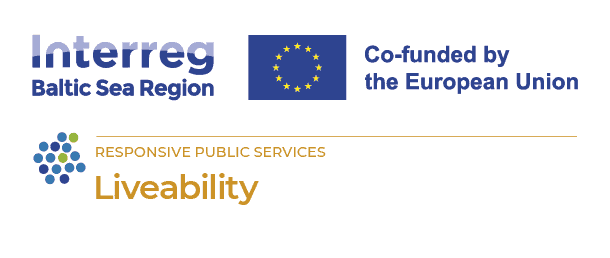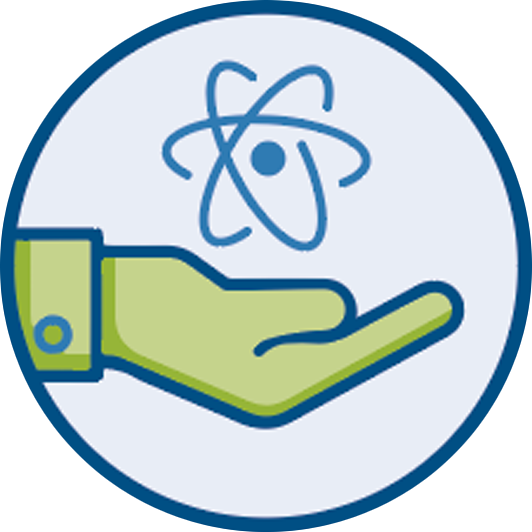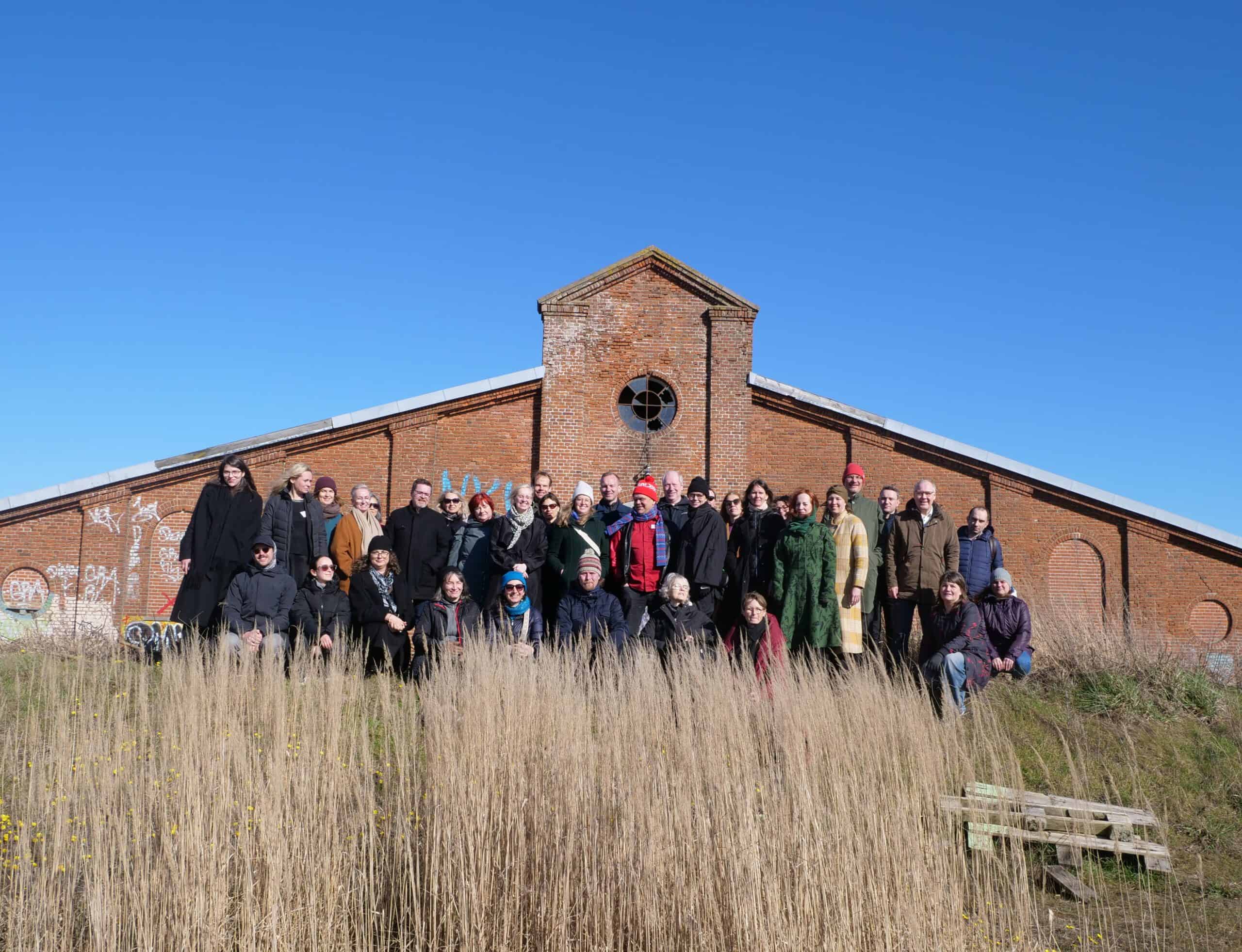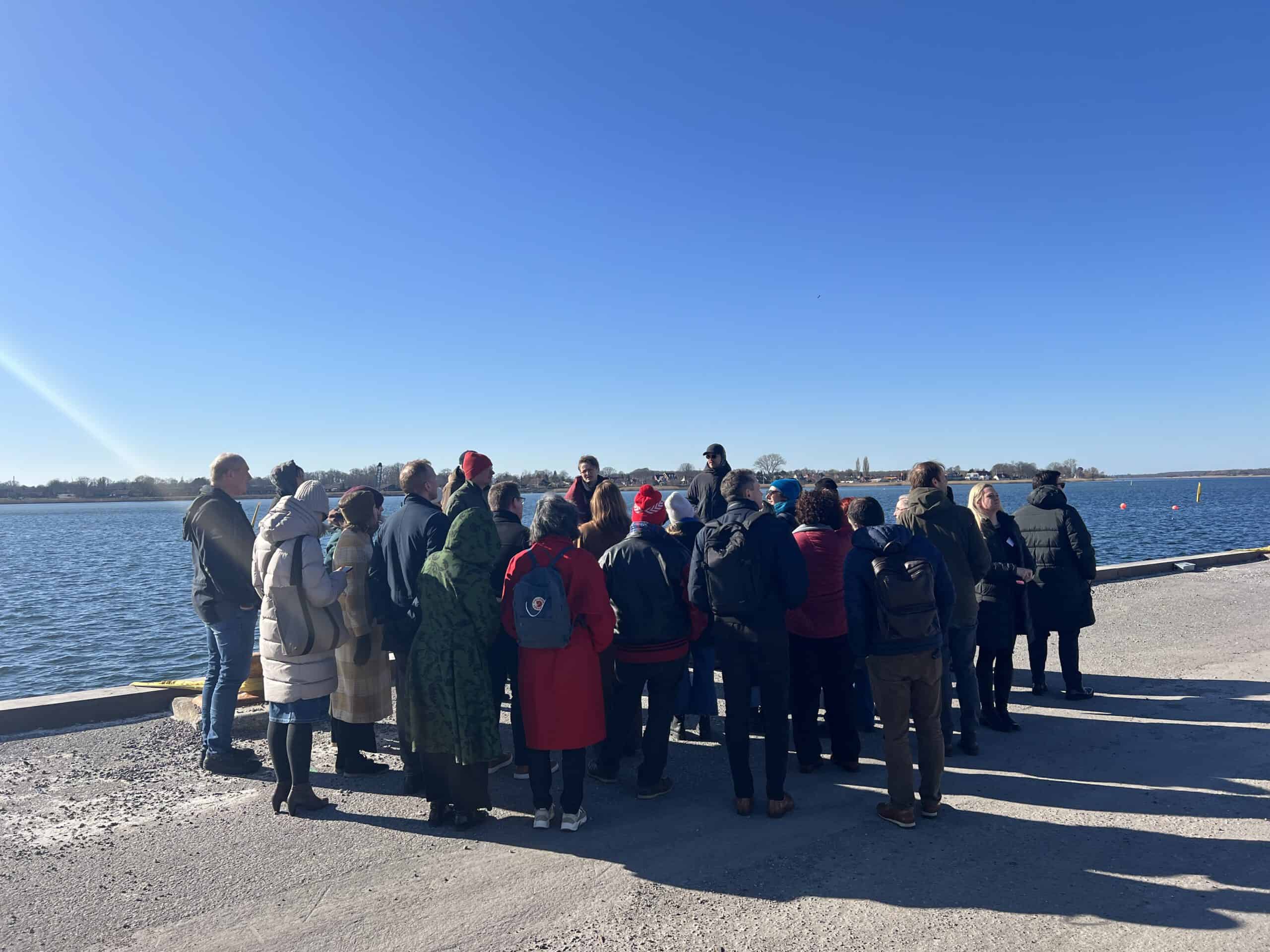
Liveability in Action: Partner Meeting in Nykøbing F.
28 March 2025
On March 19–20, partners of the Liveability project gathered in Nykøbing Falster, Denmark, for a two-day meeting hosted by the Municipality of Guldborgsund. In this setting, project partners and twin cities came together to exchange ideas, reflect on progress, and shape the future of liveable cities across the Baltic Sea region.
The meeting opened with a warm welcome from the project’s lead partner and the host, together with the Mayor of Guldborgsund, Simon Hansen. Following a kick-off engagement activity, discussions quickly turned to the heart of the project—the Liveability Design Approach (LDA)—and how cities can apply public interest design to create places people genuinely want to live in.
A special session welcomed our Twin Cities—including representatives from Krosno, Liepāja, Umeå, and Gothenburg—who joined forces to explore expectations and ambitions for their participation. Cities unable to attend in person, such as Mänttä-Vilppula and Vilnius, were well represented by their partners Pori and Riga. The dynamic exchange sparked key questions: What does each city hope to achieve through Liveability? And what does being a truly liveable city mean?
An emerging idea took shape: the Liveable Cities Network and Label. Though the project wraps up in December 2025, the partners are already laying the groundwork for long-term impact. The ambition? To recognize and connect smaller cities that are making tangible efforts to become more liveable—often despite having fewer resources. Group discussions sparked creative ideas about what a year in the network might look like, how to promote it effectively, and how to ensure its long-term sustainability.
The first day concluded with a study visit to Nykøbing’s former harbour area, offering a close look at a regeneration project that aims to transform an overlooked industrial zone into a space brimming with new potential—thanks in large part to strong local involvement.
On the second day, participants explored the pilot area of Lindholm, gaining first-hand insight into how Guldborgsund´s “One citizen, one plan” initiative, together with cultural activities in public space, can reshape community life in disadvantaged neighbourhoods. Reflections from the the two study visits were both candid and inspiring: meaningful change takes time, trust, and the courage to begin — even when the path forward, or the funding, remains uncertain.
The day continued with a session led by the City of Riga on upscaling public interest design in local authorities. Through a collaborative group activity, participants developed their own “action wishlists”—the first step toward creating tailored action plans to take back and build upon at home.
Finally, the City of Pori presented the current state of the Liveability Training Programme, a flexible, partly self-directed learning resource for local authorities. This will soon be rolled out through a “tour de training” across partner cities in the coming months.
What’s next? A summer of learning, local action, and laying the foundations for a network that helps cities become not just better, but more liveable—for everyone.







